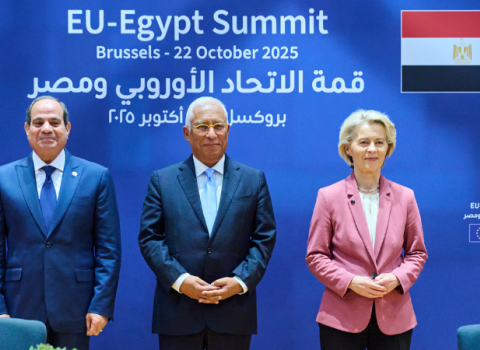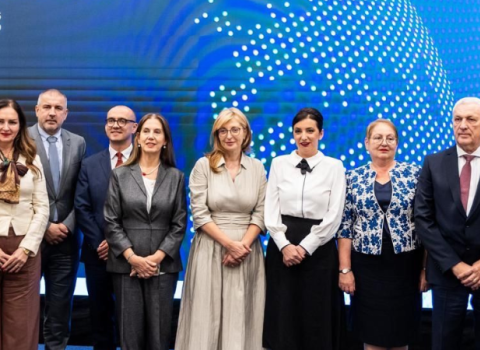The European Commission would need an extra €62.4 billion to fund all the research proposals it has evaluated as high quality under Horizon 2020, according to an interim evaluation by officials in the Commission's research directorate published this week.
The evaluation highlights how massive demand for Horizon 2020 grants has led to a very low success rate of 11.6 per cent on average, compared to 18.5 per cent in the previous programme, FP7, leaving many top ideas unfunded and researchers frustrated. More than 30,000 proposals are now being submitted to Horizon 2020 per year, up from 20,000 during FP7, which ran from 2007 to 2013.
Universities are the most enthusiastic and successful applicants, having applied on average 28 times since 2014, compared to 2.6 times for large companies and 1.2 times for small businesses.
The biggest winners continue to those based in the UK, Germany and France. Germany’s Max Planck has won the most Horizon 2020 money at the programme’s halfway point, followed by the French National Centre for Scientific Research and a second German research institute, Fraunhofer.
Four UK universities, Cambridge, Oxford, University College London and Imperial College, follow closely.

The analysis shows people with previous EU research experience, researchers from public bodies, and applicants to the European Research Council (ERC) proof of concept and the staff exchange programme Marie Skłodowska-Curie have the best chances of winning a grant.
The most attractive parts of the programme are the SME Instrument, followed by the ERC, Marie Skłodowska-Curie actions, ICT-leadership in enabling and industrial technologies and the health societal challenge.
Not surprisingly, these same sub-programmes have some of the lowest success rates, yet no competition is quite as difficult as Future and Emerging Technologies, where researchers have a less than one-in-ten chance of success.

Left to right: hardest and easiest Horizon 2020 competitions – Source, European Commission 2017
The report does not put a figure on the cost of submitting unsuccessful proposals, but draws attention to a study by the European University Association that estimates a range from €10,000 to €100,000 per submission. This puts the overall cost of failed submissions between €268 million and €2.68 billion.
The analysis also finds there are few big research results to show for the investment to date.
Patent applications are low, at 153, and as yet not much Horizon 2020 research has appeared in peer-reviewed journals.
The Commission says research results are “a small fraction of the total output to be expected” and projects completed at the time of the evaluation represent just 0.6 per cent of funding.
The report notes that 78 per cent of all organisations that applied to Horizon 2020 in the first three years were newcomers, with the majority coming from the private sector.
The programme has already surpassed its target for small business participation but targets for climate action and sustainable development investment are so far unmet.
Haves and have-nots
The analysis yet again lays bare the extent of the economic divide in EU research, finding that the 15 well-off north western countries amassed almost 90 per cent of funding.
Of this group, five countries received almost two thirds of the overall funding, with Germany receiving almost one fifth of the total.
Central and Eastern countries that joined the EU from 2004 onwards received only 4.4 per cent of the overall funding, slightly more than under FP7.
Researchers from Bulgaria, Latvia, Lithuania and Malta each drew just 0.1 per cent of grant money distributed so far.
Despite some low numbers, the return on investment for countries participating in Horizon 2020 is high across all 28 EU members, with many doubling and tripling the seed money they put into the programme at the beginning.

Strong return on investment – Source, European Commission 2017
Researchers from 131 countries have won grants from Horizon 2020 in the first three years, but only 8 per cent of the funding has travelled outside the 28-member bloc.
The report sees several collaboration patterns repeating over time. Researchers from Germany, the Netherlands and the UK continue to work together most often, with researchers from Belgium and France starting to break into this circle.
Spain and Italy remain part of their own group but are now collaborating more with smaller member states, including Cyprus, Romania, Croatia and Greece.
While the Nordics and Ireland formed their own group under FP7, they now collaborate more with eastern European countries.





 A unique international forum for public research organisations and companies to connect their external engagement with strategic interests around their R&D system.
A unique international forum for public research organisations and companies to connect their external engagement with strategic interests around their R&D system.